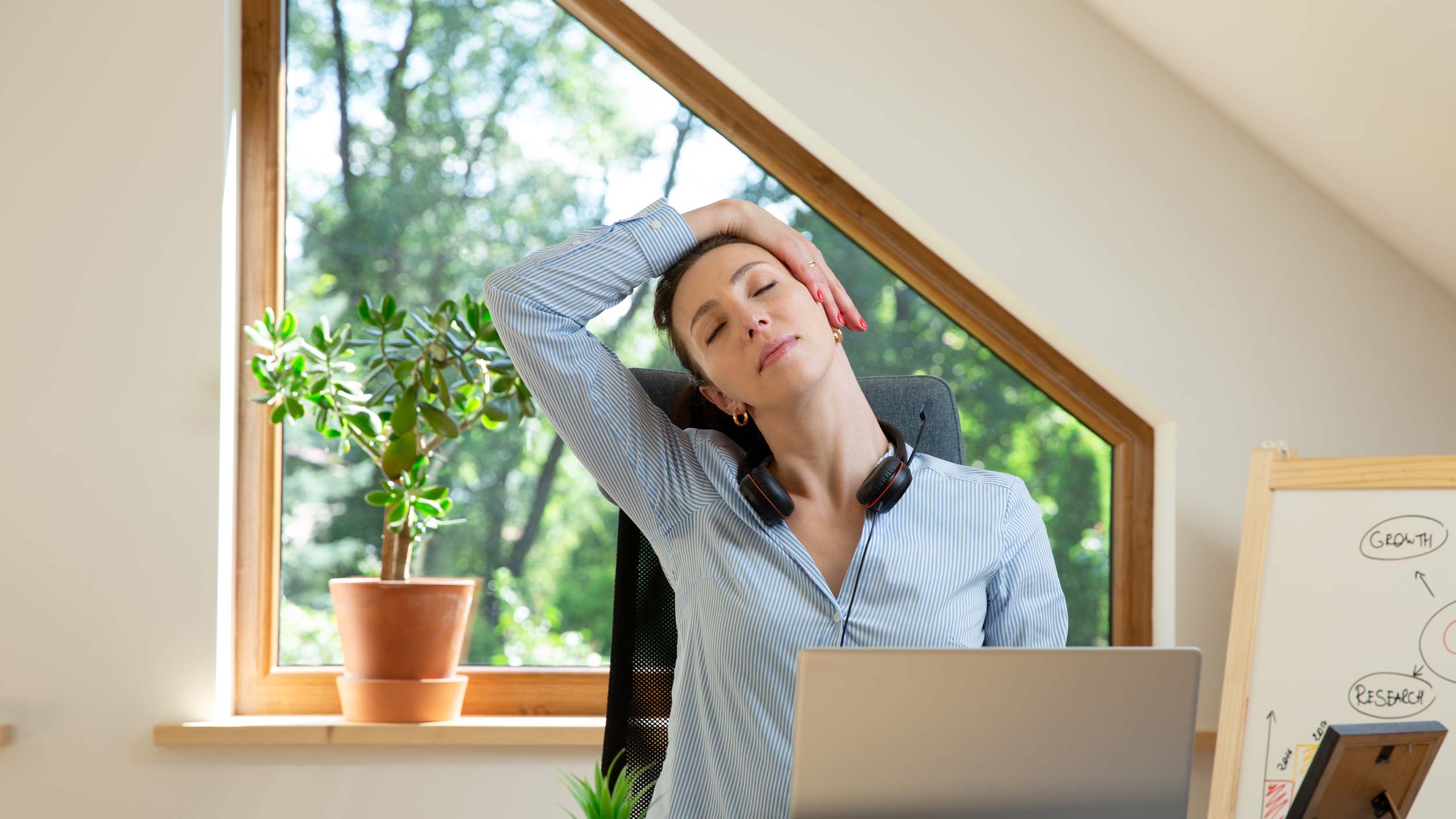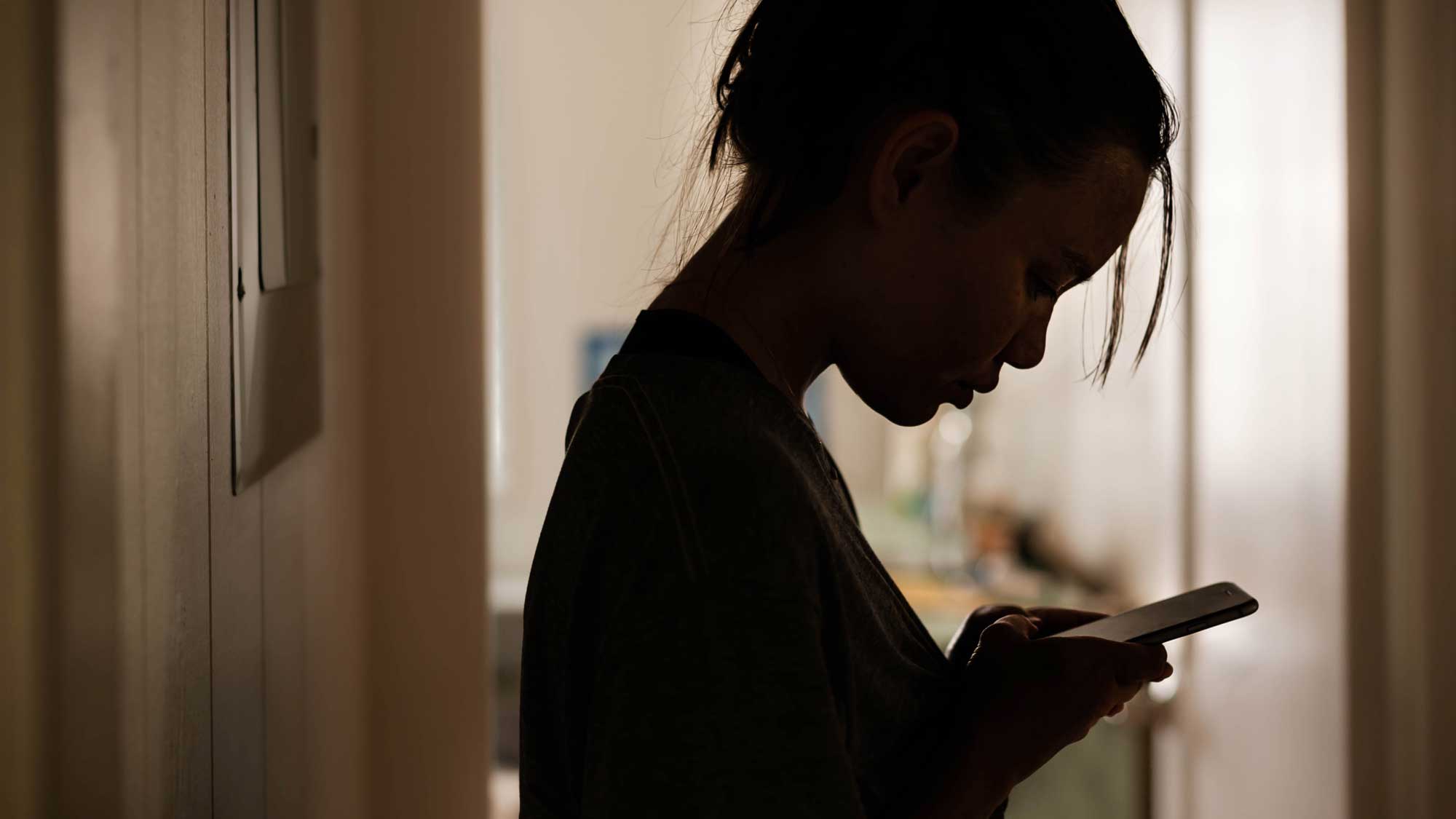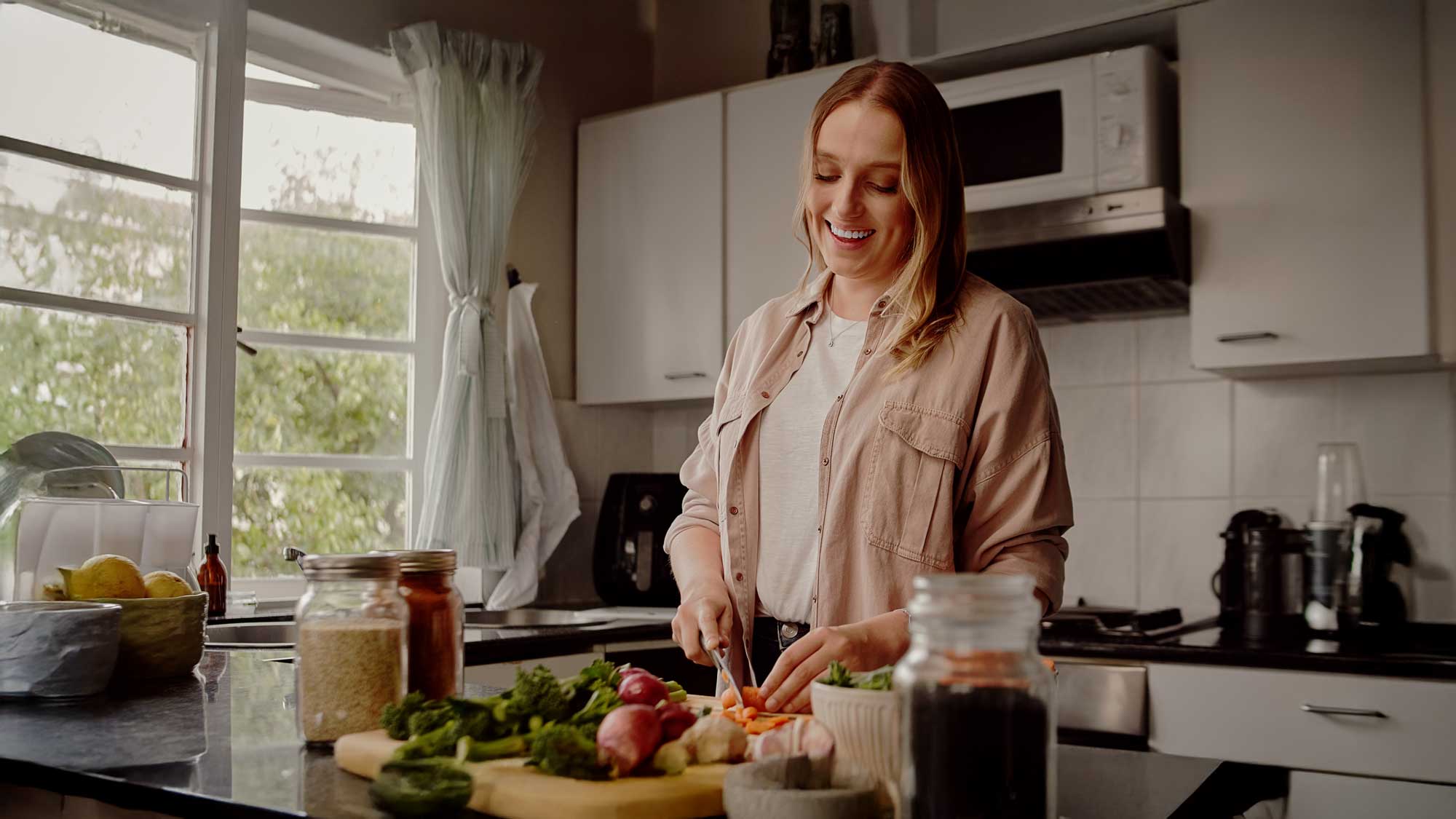Self-care routines and self-soothing activities that alleviate stress are essential for maintaining good mental health. An intense workout in the morning or relaxing bath at night, for example, can each do wonders to relieve pent-up tension. Both of these examples, however, require a certain amount of free time as well as the appropriate setting. A more flexible activity is needed for stress-relief on the fly—like during the middle of a hectic day at work. For a quick dose of self-care that rejuvenates your body and mind, give these simple stretches a try.
1. Neck Contraction and Extension
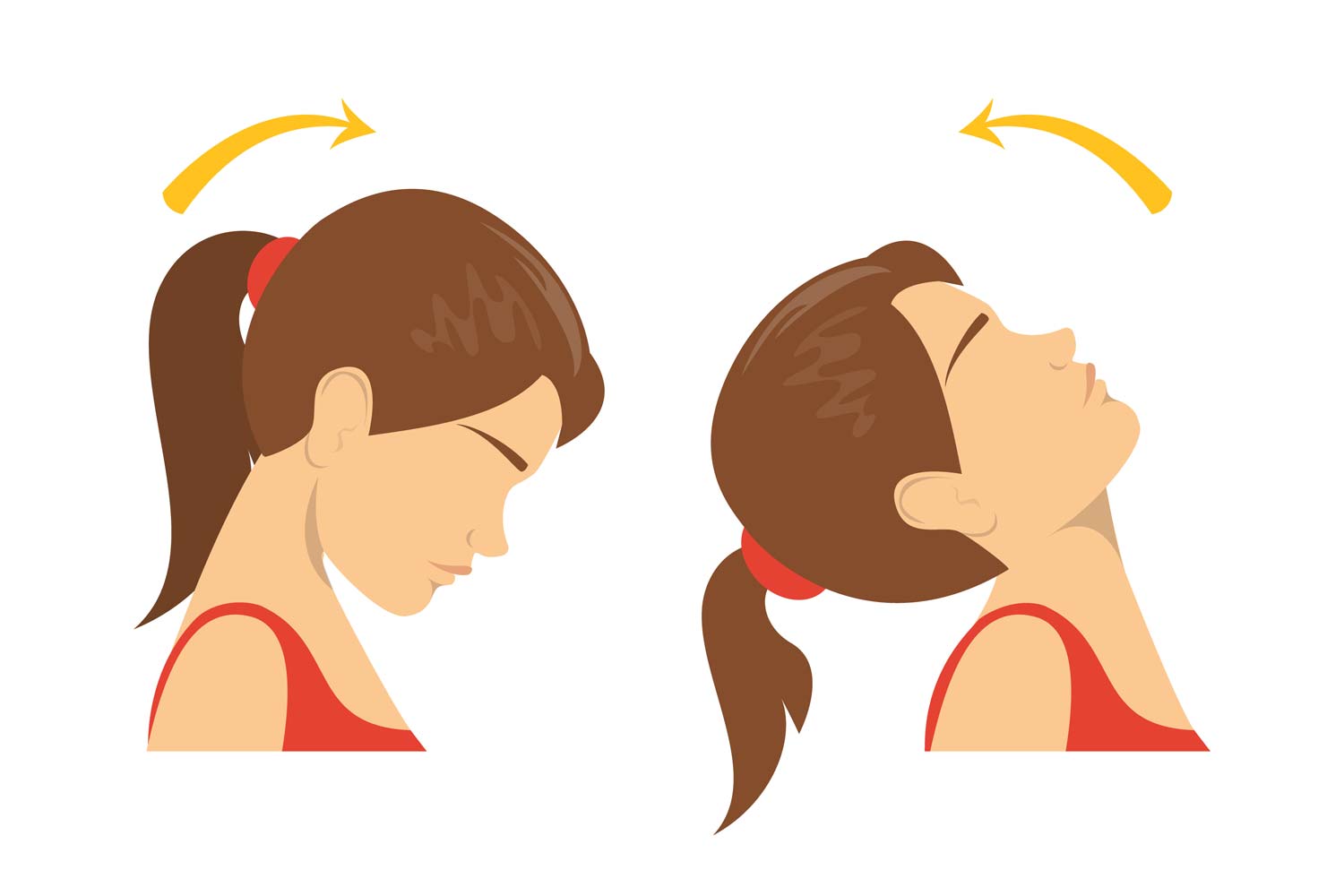
While inhaling, slowly bend your neck to tuck your chin against your chest. As you release the breath, slowly raise your chin like you’re looking toward the sky. This is a great stretch for relieving neck and shoulder strain. You can also rotate your head horizontally so your chin aligns with your shoulder, then again for the opposite side.
2. Seated Spinal Twist
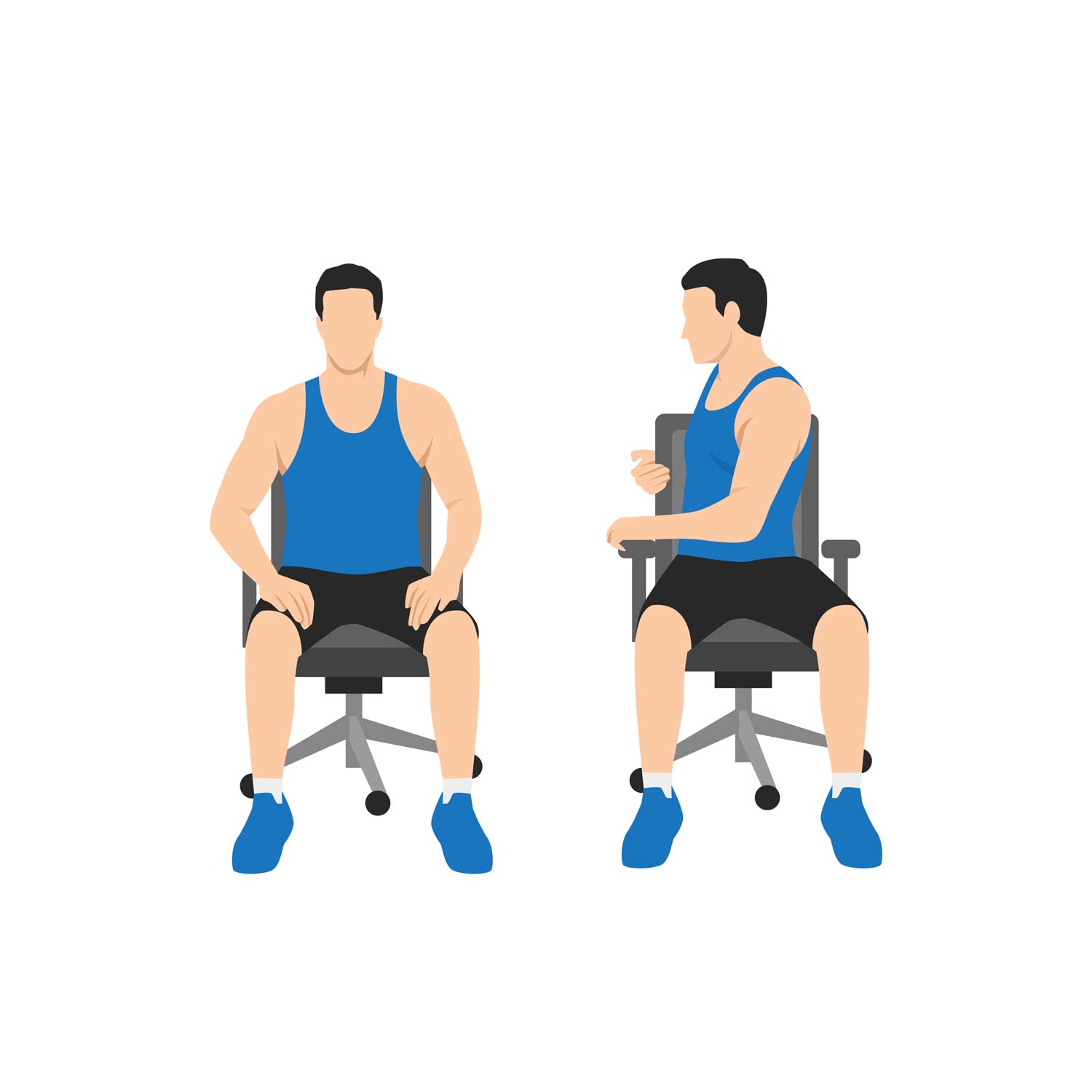
Sit upright in a chair with your back straight, your feet flat on the floor, and your chest pointed out. Take a deep breath and, as you exhale, slowly twist your torso to the right, using the arm of the chair for support. Reset to the neutral forward-facing position and then repeat with your left side. This is a great exercise for relieving tension in the lower back.
3. Dangling Ragdoll Forward Fold
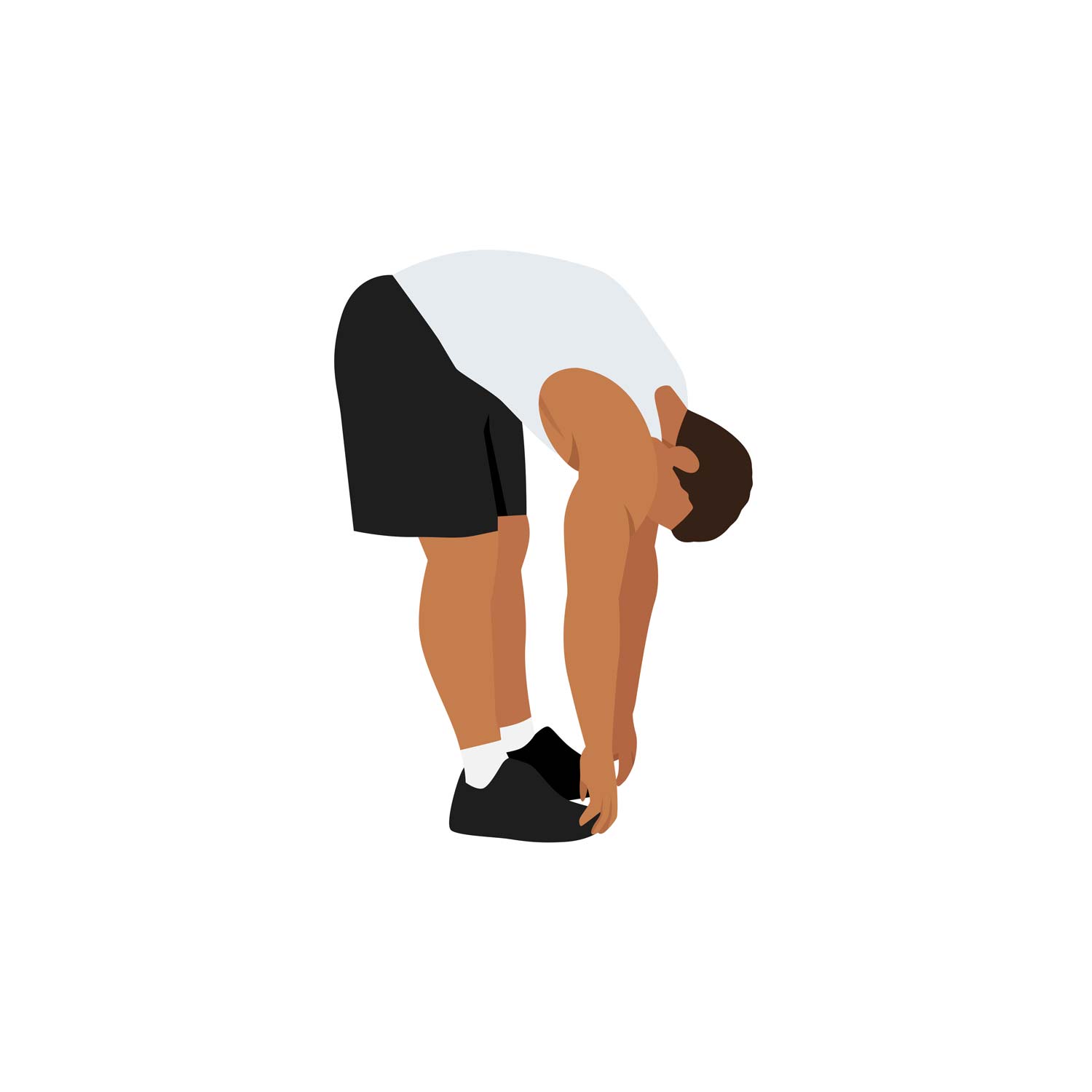
Standing with your toes pointed out and your feet shoulder width apart, inhale deeply and slowly lean forward as you exhale, releasing all the tension in your spine and shoulders so that your whole torso “dangles” toward the ground, fully relaxed. Enjoy a few more breaths in this position as you let the weight of your hanging head and arms decompress your vertebrae. For an extra stretch, use your arms to gently pull up from your toes to relieve your upper spine and shoulders even more.
4. Forward Fold With Chest Opener
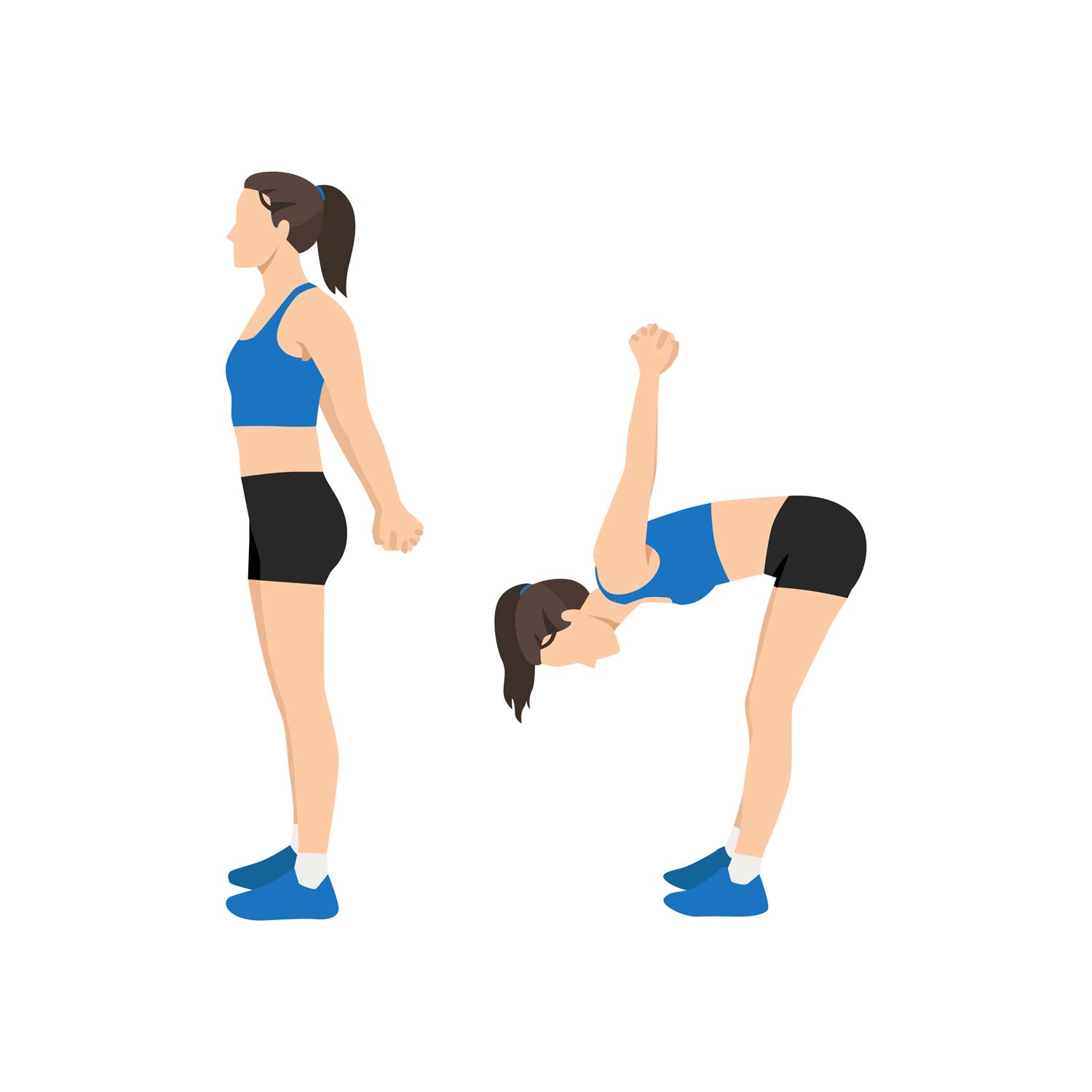
Stand with your feet facing forward, shoulder width apart and clasp your hands together behind your back. Slowly lean forward as you did in the previous exercise, but this time raise your arms upward behind to pull on the muscles of your chest and relieve tension throughout your upper torso.
5. Lying Glute Stretch
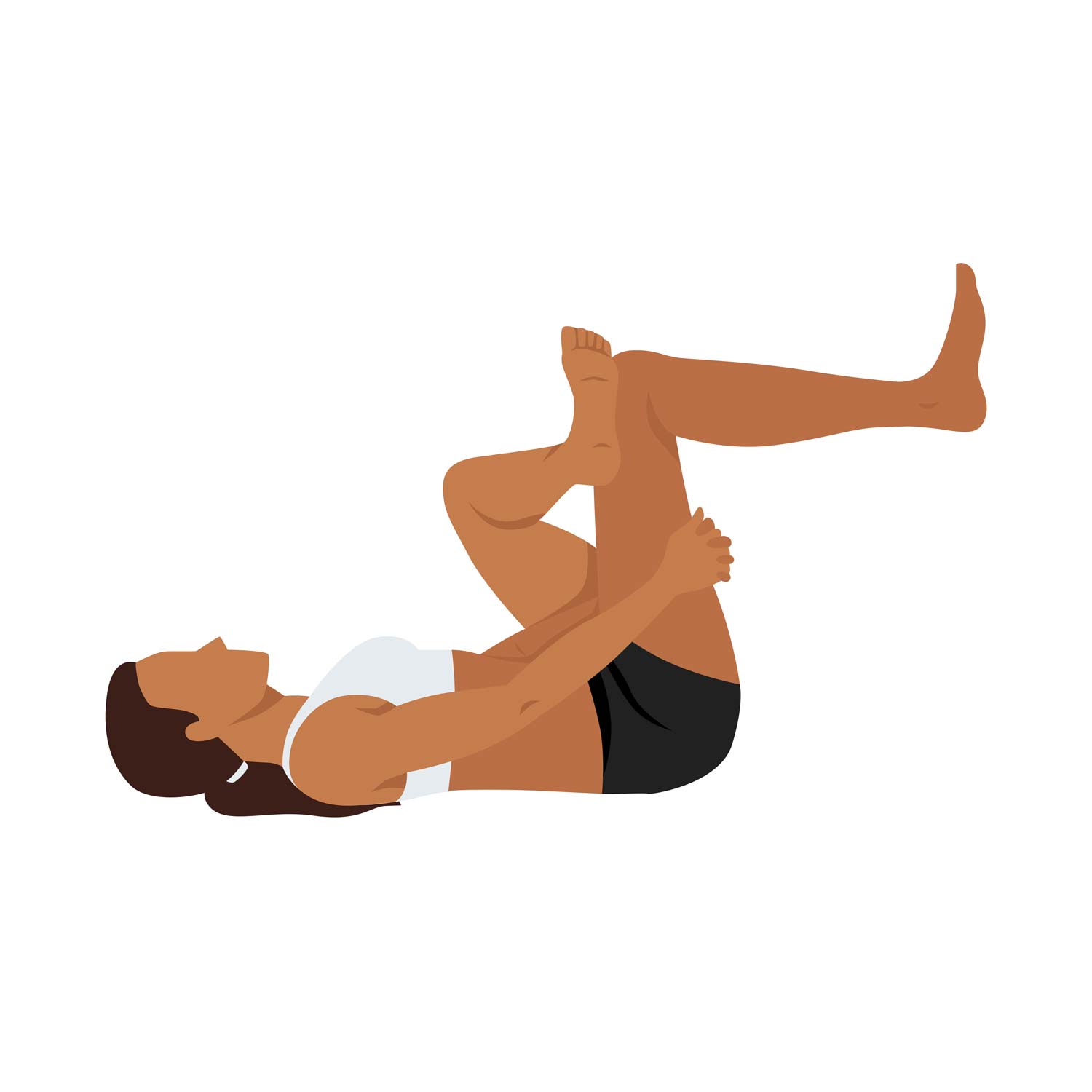
Find a comfortable spot on the floor to lay flat on your back and take a few deep breaths. Then, bend and lift your knees and gently fold your left leg over your right knee as you hold your left leg at a right angle. Take a few deep breaths to feel the stretch in the back of your leg and repeat with your other side.
6. Happy Baby
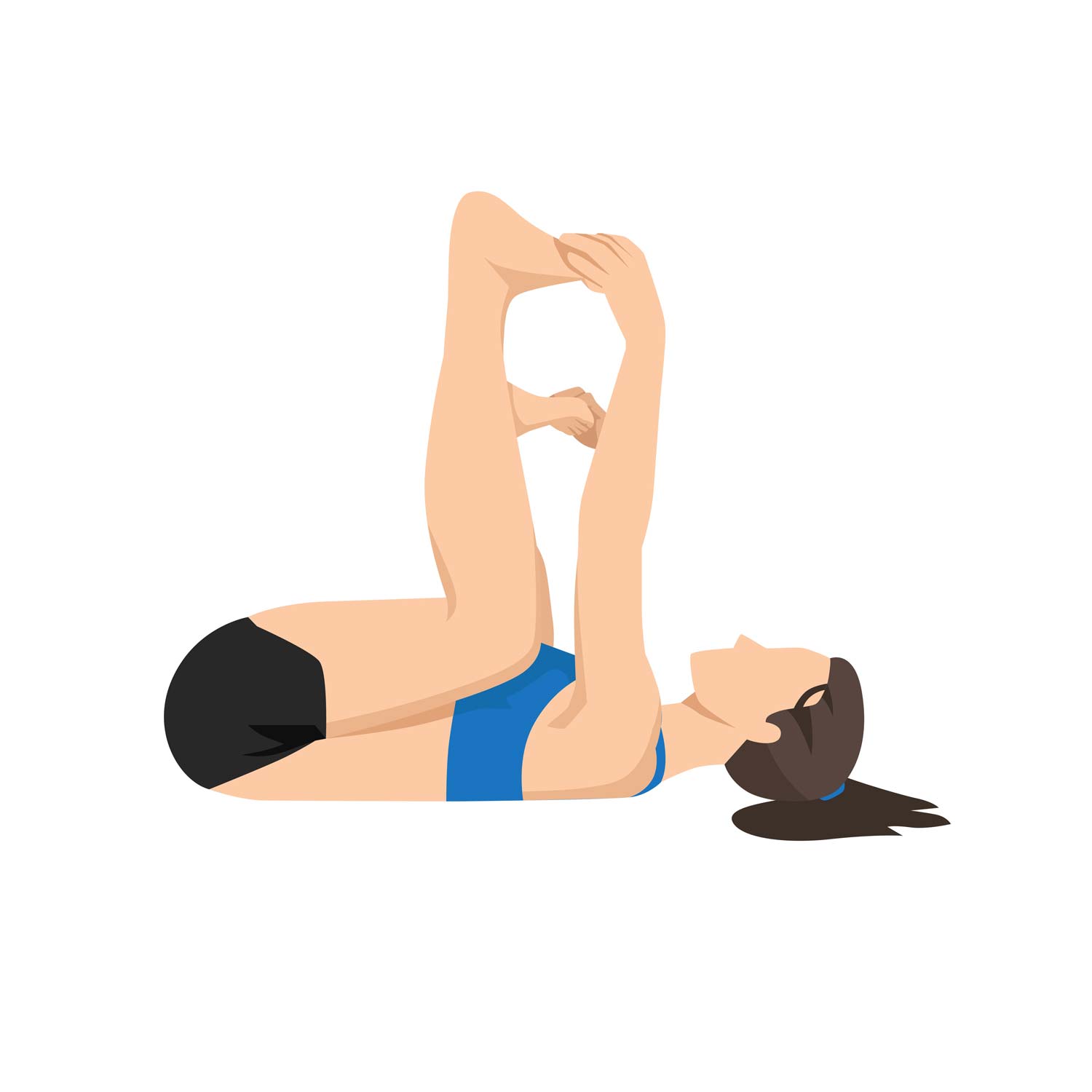
Lie flat on your back and then, while inhaling, lift your knees up close to your chest with your legs and feet close together. Then, hold on to your toes and, while exhaling, press your heels up toward the ceiling so that your thighs widen and your legs form right angles at the knees. Breathe deeply in this pose for a few moments before gently releasing your legs back to the ground. You can gently rock side to side for an added stretch.
7. Child’s Pose
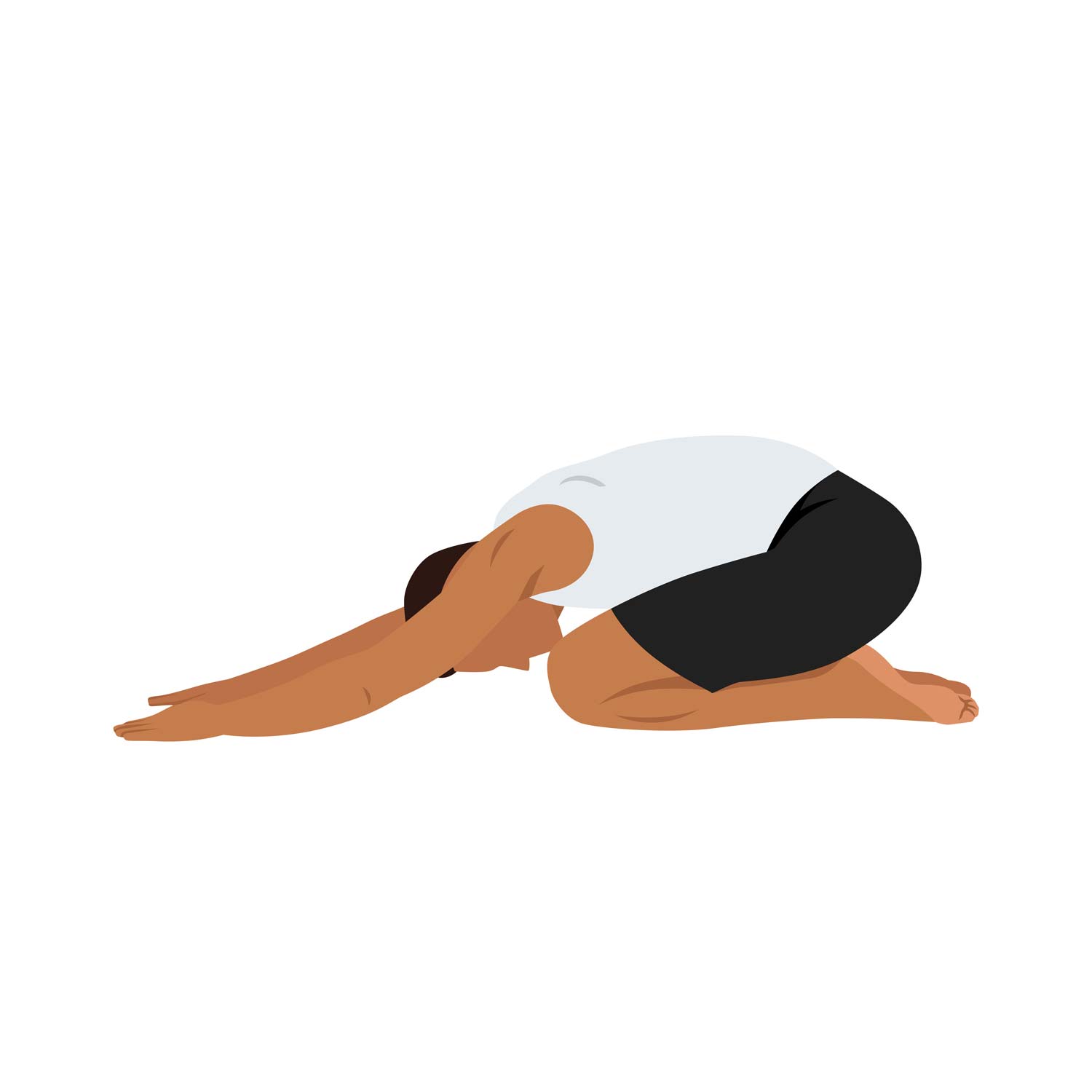
With your knees spread apart so your legs form a V-shape, sit back on your heels (with a pillow between your heels and bottom to make it easier, if needed). Inhale deeply in this pose and then, as you exhale, lean forward with your arms extended so your torso folds over your legs. Let your torso lie limp like this as you breathe deeply and feel the tension drain from your body. For more experienced stretchers, try folding over with your arms behind you, palms up, so that your forehead rests against the floor. You may be surprised with the total-body relaxation you feel while in this pose.
We hope these seven stretches add a much-needed dose of relaxation to your day. Of course, your mental health depends on many factors aside from keeping your body relaxed and tension-free. If you find it difficult to relax throughout your day, check out this list of services we offer at Valley Oaks Health and get in touch with a qualified mental health expert who can help assess your situation.

